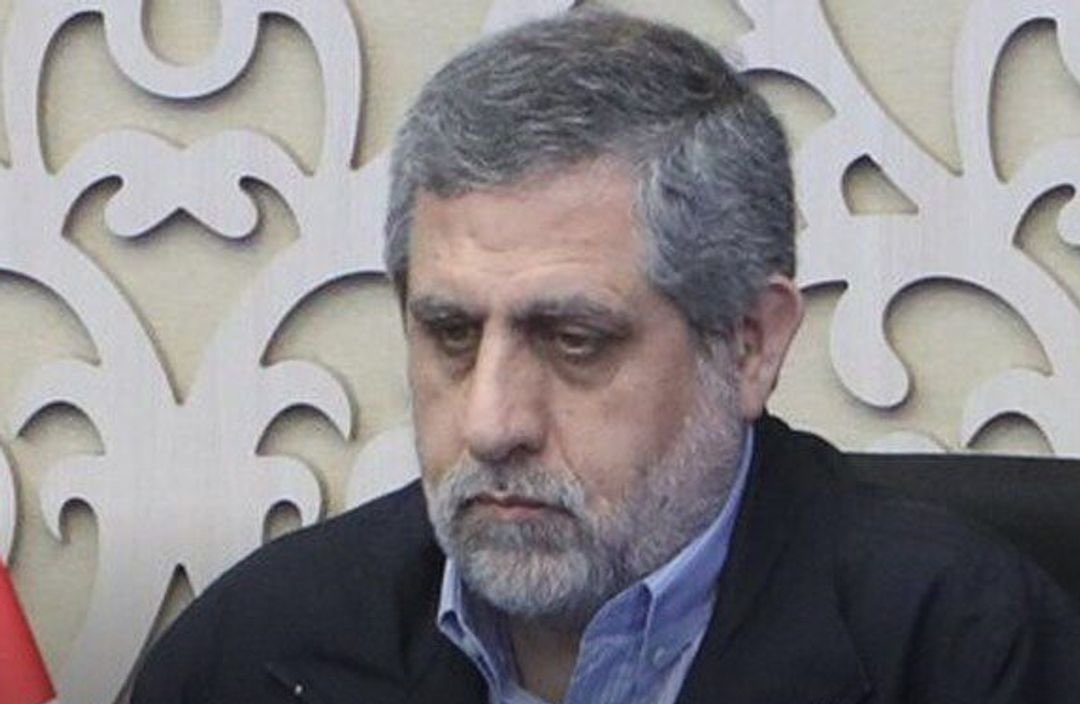Israel Kills Two Key Quds Force Commanders in Deep-Strikes Inside Iran
The long-simmering conflict between Israel and Iran reached a dangerous new threshold on June 21, 2025, when Israeli forces launched precise airstrikes on key Iranian cities, including Qom and western Tehran, resulting in the deaths of senior Quds Force commanders and igniting a swift and deadly Iranian response. The attacks mark one of the most significant escalations in the ongoing confrontation, with the potential to reshape regional dynamics and trigger wider conflict.
According to Israeli officials, the strikes successfully eliminated Saeed Izadi and Behnam Shariyari, two high-ranking leaders of Iran’s Quds Force, the elite arm of the Islamic Revolutionary Guard Corps (IRGC) responsible for overseeing Iran’s foreign military and intelligence operations. Defense Minister Israel Katz publicly confirmed the operation, emphasizing that both figures played central roles in orchestrating and funding proxy groups such as Hamas, Hezbollah, and the Houthis. He also asserted their involvement in directing covert operations across the Middle East, including within Syria, Lebanon, and Iraq.
The Israeli strikes targeted not only military leadership but also strategic infrastructure, including facilities believed to be tied to Iran’s nuclear program and ballistic missile development sites. Iranian state media confirmed the deaths of five IRGC personnel and acknowledged substantial collateral damage, including power stations, communications hubs, and administrative buildings used by Iran’s defense sector.
Iran’s retaliation was swift and deadly. A barrage of ballistic missiles and explosive drones rained down on Israeli cities including Haifa and Beersheba, striking both military installations and civilian areas. The Israeli health ministry reported at least 24 civilian deaths, with dozens more injured, some critically. Schools, residential buildings, and public transport systems sustained severe damage, forcing thousands into emergency shelters as sirens echoed across southern and northern Israel.
With the overall death toll in Iran now surpassing 430, and thousands reportedly wounded, analysts warn that the conflict has evolved from traditional tit-for-tat exchanges into a decapitation-style campaign, aimed at dismantling the upper echelons of Iran’s military command structure. Experts suggest Israel's strategy is no longer limited to deterring nuclear ambitions or proxy warfare, but now seeks to weaken the Iranian state’s capacity to project regional power by removing its most effective commanders and operatives.
In Tehran, mass funerals and street demonstrations erupted following the announcement of the Quds Force casualties. Iranian leaders vowed revenge, while Supreme Leader Ayatollah Ali Khamenei called the Israeli attacks an “act of war,” and urged regional allies to “respond without hesitation.” Hezbollah in Lebanon and pro-Iranian militias in Iraq have reportedly been placed on high alert.
Meanwhile, international concern continues to grow. The United Nations held an emergency session, with Secretary-General António Guterres urging immediate de-escalation to prevent a “full-scale regional war.” The European Union, already mediating earlier talks between Iranian and Western diplomats in Geneva, condemned the violence on both sides and called for renewed diplomatic engagement.
In Washington, the Biden administration refrained from confirming any direct involvement but reiterated Israel’s right to self-defense. However, U.S. intelligence officials expressed concern that Israel’s strategy could provoke unintended consequences, particularly if Hezbollah or other Iran-backed groups retaliate by opening additional fronts.
On the ground in both countries, civilian life has been dramatically disrupted. In Israel, tech companies—including Microsoft, whose office in Beer Sheva was recently affected by nearby strikes—have begun relocating staff and updating contingency protocols. Iran’s major cities are experiencing rolling blackouts, overwhelmed hospitals, and roadblocks as military convoys and emergency services flood into affected zones.
Security analysts are now focused on whether this surge in violence will spark sustained multi-theater conflict, particularly in Lebanon, Iraq, or the Persian Gulf, where U.S. naval forces remain stationed. Others warn that Israel’s bold targeting of Iran’s military elite could set a precedent for future “decapitation campaigns” across volatile geopolitical landscapes.
What began as an intensifying shadow war over nuclear development and proxy militias has now morphed into open warfare between two regional powerhouses, with devastating civilian costs. As calls for restraint echo from global capitals, the region finds itself on the brink of an even more explosive chapter—with lives, stability, and international alliances hanging in the balance.
News Source:
https://www.reuters.com/world/middle-east/israeli-military-says-it-killed-two-iranian-revolutionary-guard-commanders-2025-06-21/








